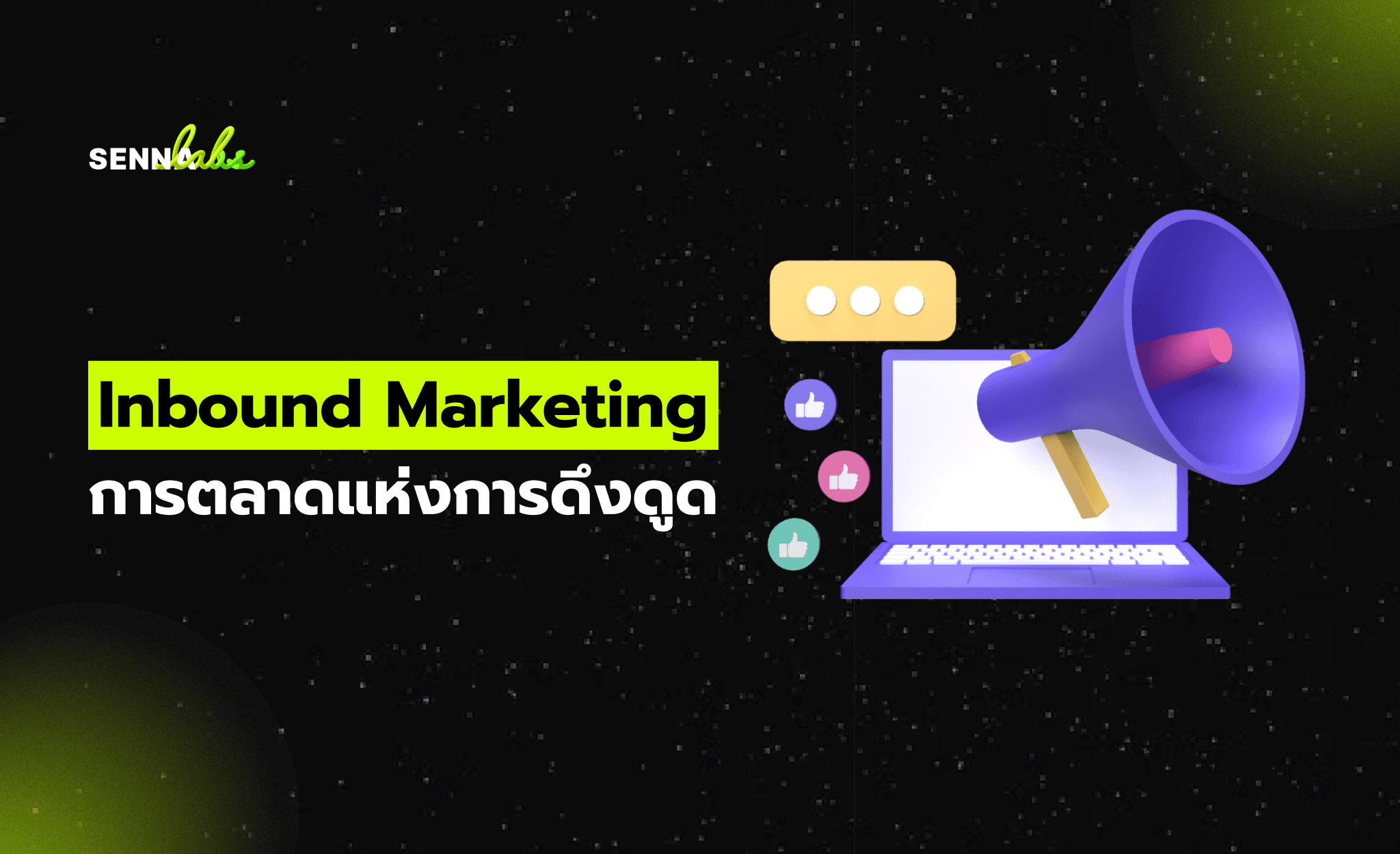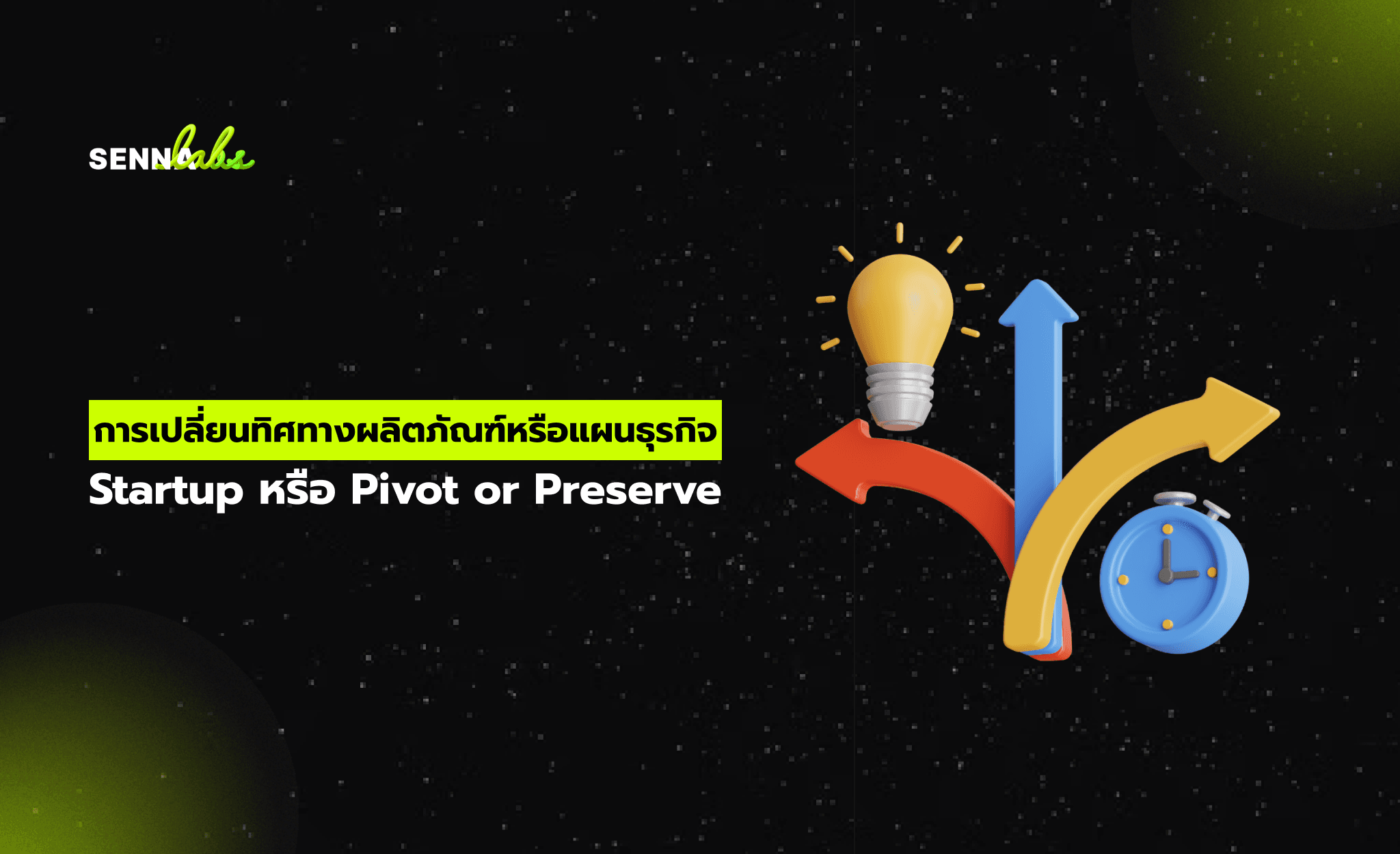Why Page Speed Matters and How AI Fixes It
Share

In today’s digital world, users expect websites to be lightning-fast. A delay of even one or two seconds can lead to frustration, page abandonment, and lost conversions. Google knows this too—which is why page speed is a confirmed ranking factor, particularly in mobile-first indexing.
But optimizing website performance manually, especially for large or dynamic sites, is no easy task. That’s where AI-powered tools come into play. In 2025, AI is increasingly relied on to identify performance bottlenecks, analyze real-time data, and recommend specific optimizations to boost both speed and user experience.
This article explains why page speed is so critical to SEO and user satisfaction—and how AI is the key to diagnosing and resolving performance issues at scale.

Why Page Speed Is a Big Deal
Page speed affects every stage of the digital journey:
-
SEO: Google prioritizes fast-loading websites in its search results. The faster your site, the higher your potential to rank well.
-
User Experience: Visitors don’t wait. Studies show that 40% of users will leave a page that takes more than 3 seconds to load.
-
Conversions: Faster websites generate more revenue. A one-second delay in page load time can reduce conversions by up to 20%.
The importance of speed is amplified on mobile devices, where connections may be slower, and screens smaller. Google’s Core Web Vitals—metrics like Largest Contentful Paint (LCP), Cumulative Layout Shift (CLS), and Interaction to Next Paint (INP)—are built around speed and responsiveness.
What Slows a Website Down?
Here are common speed bottlenecks:
-
Unoptimized images (too large, wrong format)
-
Render-blocking JavaScript
-
Too many third-party scripts
-
Excessive use of animations or dynamic elements
-
Inefficient CSS or unused styles
-
No caching or content delivery network (CDN) setup
Diagnosing these issues manually can take hours—if not days. This is where AI takes over.
How AI Diagnoses Page Speed Problems
AI tools are trained to detect and interpret technical data much faster than a human can. Here's how AI works to improve your site’s performance:
1. Real-Time Speed Analysis
AI tools simulate how your website loads under different conditions—Wi-Fi, 4G, low-end devices—and identify where delays occur. They also compare performance across geographies and browsers.
2. Intelligent Image Optimization
AI can detect oversized or incorrectly formatted images. It can recommend compressing them, converting to newer formats (like WebP or AVIF), or lazy-loading images that are below the fold.
3. Script Management
AI identifies which scripts are delaying load times and whether they’re necessary. For example, it can suggest deferring third-party scripts or asynchronously loading tracking pixels.
4. Automated Code Cleanup
Through pattern recognition, AI spots inefficient code, unused CSS rules, and repeated DOM elements. It then recommends (or even executes) cleanups.
5. Predictive Alerts
AI doesn’t just fix—it prevents. With ongoing monitoring, AI can alert developers to declining performance trends before they impact users or rankings.
Real Case: E-Learning Platform Boosts Speed with AI
A regional e-learning platform was struggling with high bounce rates and declining session durations. Despite offering valuable video lessons and study materials, users weren’t staying long enough to engage.
An AI-driven audit was initiated to investigate the problem. Here’s what the AI uncovered:
-
Home page images were nearly 5MB in size, with no compression or responsive formats.
-
Embedded video players loaded automatically—even when users never played them.
-
The main banner slideshow used a large JavaScript animation library that slowed down the initial render.
-
Fonts were being loaded from multiple sources, leading to blocking behavior.
What Was Done:
-
AI recommended converting all images to WebP, reducing the average image size by 70%.
-
Implemented lazy loading for images and iframes (videos), speeding up initial paint.
-
Replaced bloated animations with CSS-based transitions.
-
Consolidated font loading and deferred non-essential assets.
The Results:
-
LCP dropped from 3.8 seconds to 1.9 seconds—a key Core Web Vitals improvement.
-
Bounce rate reduced by 25% within a month.
-
Average session duration increased by over 40 seconds.
-
Organic search traffic increased by 18%, driven by better mobile page experience signals.
This outcome wouldn’t have been possible without the AI tool’s precision in identifying not just what was wrong—but exactly how to fix it.
Tools That Are Leading the Way
Some of the most effective AI-driven tools for page speed optimization in 2025 include:
-
Google PageSpeed Insights (with AI-based suggestions)
-
Lighthouse AI Extensions
-
NitroPack and Vercel Analytics
-
Cloudflare’s AI Performance Scanner
-
AI-powered platforms built into web frameworks like Next.js and Astro
These tools integrate seamlessly with modern development workflows and often come with real-time dashboards and automated improvement modules.
Conclusion:
If your website is slow, you're not just losing users—you’re leaving search rankings and revenue on the table. In the competitive world of 2025, relying solely on manual optimization isn’t enough.
AI gives you the power to understand, diagnose, and optimize performance at scale. Whether you're running a content hub, an e-commerce store, or a SaaS platform, leveraging AI for page speed improvements is no longer a luxury—it’s a necessity.

Share

Keep me postedto follow product news, latest in technology, solutions, and updates
Related articles
Explore all


